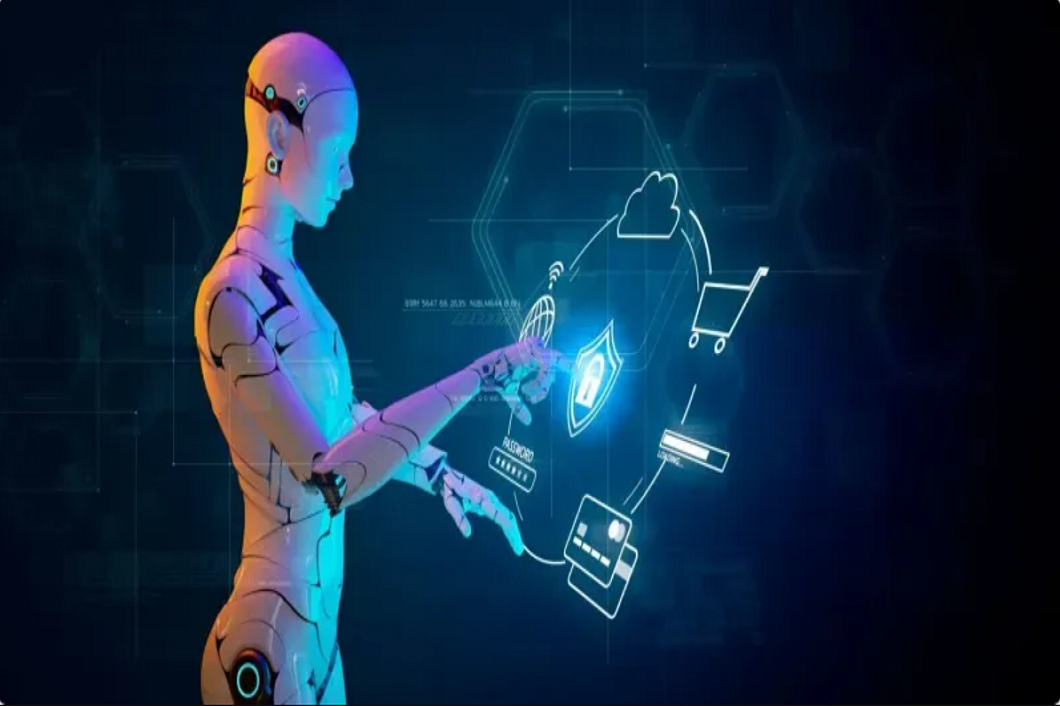
The state of AI in ECOMMERCE right now
Most of us have experienced artificial intelligence in eCommerce on some level and, even if not, we should get used to the idea. The technology research institute, Gartner, predicts that by 2020, 85% of customer interactions will be managed without a human. Today we’d like to focus on 4 AI features that are fast becoming staples in our online experience.
1. Experience Personalization.
2. Online/Offline Persona Mergers.
3. Visual Searches.
4. Virtual Buying Assistants.
Personalization
You’ve likely experienced this aspect of artificial intelligence in e-commerce sites like Amazon.com. The most recognizable feature is the on-screen recommendations based on previous shopping habits. These make it easy to find things that we need or that are similar to other items we have shown interest in. In the same vein, we are also shown products from previous browsing sessions, which is very helpful when doing comparison shopping. Even simple accents, such as putting a user’s name on the page (‘John’ Amazon.com’) provide a sense of ownership and value.
Other companies, such as Under Armour, are getting even more personal. The sporting goods giant now offers fitness tracking software that is free to use for customers. It gathers data on activities, locations, and preferences, and then the AI system (driven by IBM’s Watson) will make product recommendations based on the data.

Merging Online and Offline Behavior
Though about 75% of shopping still occurs in physical stores, a lot of brand and product interaction takes place beyond brick-and-mortar locations. Smartphones, computers, and tablets are becoming more and more popular as shopping tools. This means that shopping must be a total experience that accounts for both online and offline behaviors (the technical term is ‘omnichannel’). As such, marketing and outreach can no longer be domain-specific but must encompass user behavior both on and off the screen.
Take the example of location-based mobile advertising. When a potential customer drives through a specific area or walks near a physical store, an alert can be sent to their phone that tells them about a special sale. Yes, this service benefits the retailer, but also consider the value for the customer if the alert reminds them to buy an important household item or gift. This is just one instance where we can see the growing connection between the online and offline worlds.
Virtual Buying Assistants (VBAs)
VBAs deliver a variety of services to retailers and consumers. We’ll explore their use by retailers in detail in the next article. For most consumers, their primary interaction with VBAs is for instant interactive customer service. VBAs are quickly replacing the need for human interaction in the realm of customer service, just think back to the Gartner study we mentioned earlier. Take the examples of Sephora and Taco Bell, two prominent companies that use ‘chatbots’ on their websites.
These VBAs help people place and track orders, and answer their questions through a dynamic FAQ database, without wait times or unnecessary interactions. Sephora and Taco Bell even integrate their VBAs with messaging programs such as Slack to offer added convenience.
Other VBA functions are even more dynamic. Do you remember the impact of price aggregate services like Kayak.com for comparing deals on plane tickets and other travel? We got better deals than ever. Now, with even more sophisticated VBAs, we receive notifications of price changes on products we ‘follow’. It is also possible to set up automatic purchases when a product passes a certain price threshold.
Visual Searches
With a visual search, users can upload (drag and drop) a photo into a search area (like Google’s bar). AI software identifies elements in the image and similar results are populated on the screen. Visual search has been around since Like.com debuted in 2006, but it has only become widely popular in recent years. Amazon.com’s mobile app,
Pinterest and, of course, Google were all early proponents of visual search as a way to discover not only related images and content but products as well. Even more powerful is the ability to take a picture with your phone and use that image as the search criteria. With AI, customers may search using images, rather than text, to discover products they like.
Other Benefits of Artificial Intelligence in eCommerce
Though we explored 4 AI functions in eCommerce in detail, there are still much, much more. Consider the evolution of shipment tracking. Rather than tracking items from warehouses to the post office to the home, we can track items in real-time. Domino’s real-time pizza tracker is a clear example.
Another benefit is our exposure to new and interesting products. Most eCommerce websites present customers with product recommendations based on user data. This shopping tool can reveal products and opportunities users may never have found through other search methods.
The inclusion of Artificial Intelligence in eCommerce has caused a significant overall drop in product prices. As retailers can adjust their prices in real-time (Amazon changes the prices of half their inventory daily!), customers receive notifications. This gives them the opportunity to get the best deal.
What this means for retailers is that there is a massive opportunity for additional sales if they can leverage customer data effectively. To get more information or to start on your next eCommerce project, please contact us today.
Receive a Personalized Consultation for Your eCommerce Requirements!
Receive a Personalized Consultation for Your eCommerce Requirements!
